コンプリート! e coli microscope bacteria 137729-E coli bacteria under light microscope
263 MB Escherichia coli electron microscopyjpg 800 × 640;Escherichia coli is a bacterium that naturally lives in the intestines of healthy animals and humans, however, there are strains of E coli, specifically O157H7, that cause food poisoning Feces can contaminate food with E coli through runoff and improper sterilizationHere are the top interesting facts about E Coli bacteria (Escherichia coli) #1 E coli (full name – Escherichia coli) bacteria is named after a German pediatrician – Theodor Escherich, who discovered it in 15 He originally named it "Bacterium coli commune," then, in 15, it was reclassified and named after its discoverer
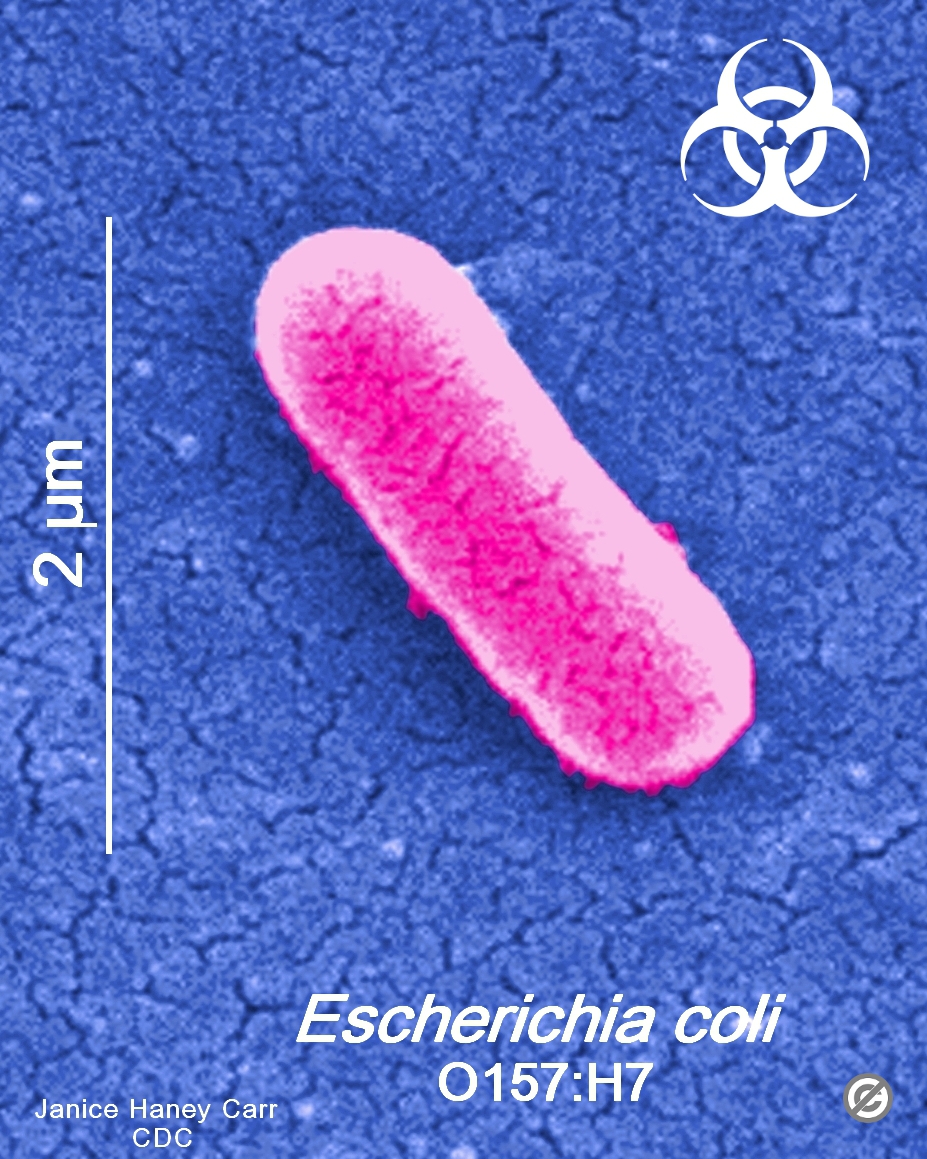
Usa Minnesota Firm Recalls Ground Beef Products Due To Possible E Coli O157 H7 Contamination Food Law Latest
E coli bacteria under light microscope
E coli bacteria under light microscope-E coli JM101, LyoQuick Freeze Dried Culture ALD3607 $2815 E coli JM101, Freeze Dried Bacteria Culture, w/out Transfer Media ALD3807 $1195 E coli JM101, Freeze Dried Bacteria Culture, with Transfer Media ALD3907After just one day there would be 10 x 10 28 E coli bacteria Read that as 100,000,000,000,000,000,000,000,000,000 bacteria



Usa Minnesota Firm Recalls Ground Beef Products Due To Possible E Coli O157 H7 Contamination Food Law Latest
Detection of E coli in drinking water is an indication of pollution with faeces 2 Morphology and Staining of Escherichia Coli E coli is Gramnegative straight rod, 13 µ x 0407 µ, arranged singly or in pairs (Fig 281) It is motile by peritrichous flagellae, though some strains are nonmotile Spores are not formedE coli is an example of a bacteria On the MICROSCOPE tab, choose the 400x magnification, focus on the sample, and turn on Show labels Click on the Nucleus label If necessary, adjust the Stage sliders to see the full description A What is the function of the nucleus?The Best E Coli Microscope of 21 – Reviewed and Top Rated After hours researching and comparing all models on the market, we find out the Best E Coli Microscope of 21 Check our ranking below 2,9 Reviews Scanned
E Coli Under The Microscope Types Techniques Gram Stain Gram Stained Bacterial Strain 68 Observed Under The Nikon Eclipse Hd00 52a Colony Of Bacteria Under A Microscope Magnification Of How To View Bacteria Through Microscope With Oil ImmersionBacteria e coli electron microscope Bacteria E Coli Electron Microscope Written By MacPride Thursday, December 21, 17 Add Comment Edit Resistance To Antibiotics And To Immune System Are Interconnected Stock Image 01ah4kp5 Doc Stock Rm Search Medical The Histology Guide What Is HistologyWhen viewed under the microscope, Gramnegative E Coli will appear pink in color The absence of this (of purple color) is indicative of Grampositive bacteria and the absence of Gramnegative E Coli Escherichia coli under 10х90х magnification using fuchsine as a dye by ElNokko (Own work) CC BYSA 40 (http//creativecommonsorg/licenses/bysa/40), via Wikimedia Commons
The genus Salmonella is closely related to Escherichia coli bacteria and is suggested to have diverged from the bacteria (E coli) about 150 million years ago As such, it has adapted and can be found in several niches in the environment Several methods of classification of Salmonella have been suggested so farClassification of Bacteria on the Basis of Oxygen Requirement Obligate Aerobes Require oxygen to live Example Pseudomonas, common nosocomial pathogen Facultative Anaerobes Can use oxygen, but can grow in its absence They have complex set of enzymes Examples E coli, Staphylococcus, yeasts, and many intestinal bacteria Obligate AnaerobesEscherichia coli (E coli) bacteria normally live in the intestines of healthy people and animals Most types of E coli are harmless or cause relatively brief diarrhea But a few strains, such as E coli O157H7, can cause severe stomach cramps, bloody diarrhea and vomiting
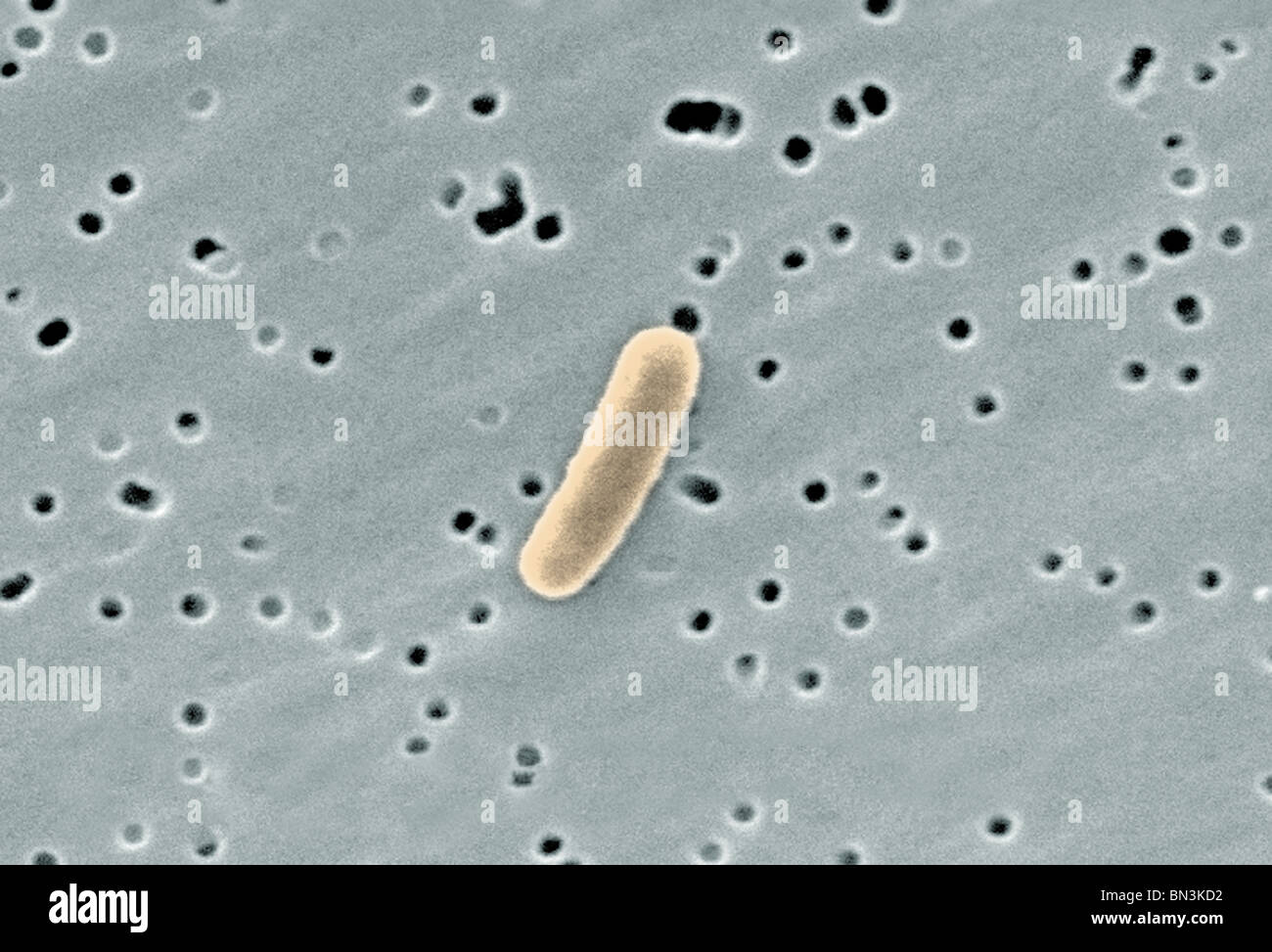


Gram Negative Escherichia Coli Bacterium At A Magnification By Stock Photo Alamy



Natural World Microscopic Images National Geographic Society
Escherichia coli is a member of the family Enterobacteriaceae, which includes gramnegative, facultatively anaerobic rodshaped bacteria (possessing both a fermentative and respiratory metabolism) and which do not produce the enzyme oxidase Escherichia coli cells are typically 11–15μmwide, 2–6μmlong and occur as single straight1 E coli stained with crystal violet @ 100xTM It is not possible to see individual bacteria at this magnification, but viewing at 100XTM is a necessary step in focusing to scope to see at higher magnifications 2 E coli stained with crystal violet @ 1000xTME coli under the microscope Escherichia coli (E coli) is a bacterium commonly found in various ecosystems like land and water Most of the strains of E coli are harmless, but some strains are known to cause diarrhea and even UTIs E coli is commonly studied as they are considered as a standard for the study of different bacteria



Get The Facts About Hemorrhagic Colitis Caused By E Coli Everyday Health


Escherichia Coli And Bacillus Sp Microscopy
Escherichia coli and Staph aureus ()jpg 2,160 × 1,440;E coli bacteria Escherichia coli or E coli is a type fecal coliform bacteria that is commonly found in the intestines of animals and humans E coli in water is a strong indicator of sewage or animal waste contamination Sewage and animal waste can contain many types of disease causing organisms479 KB Escherichia coli flagella TEMpng 600 × 6;
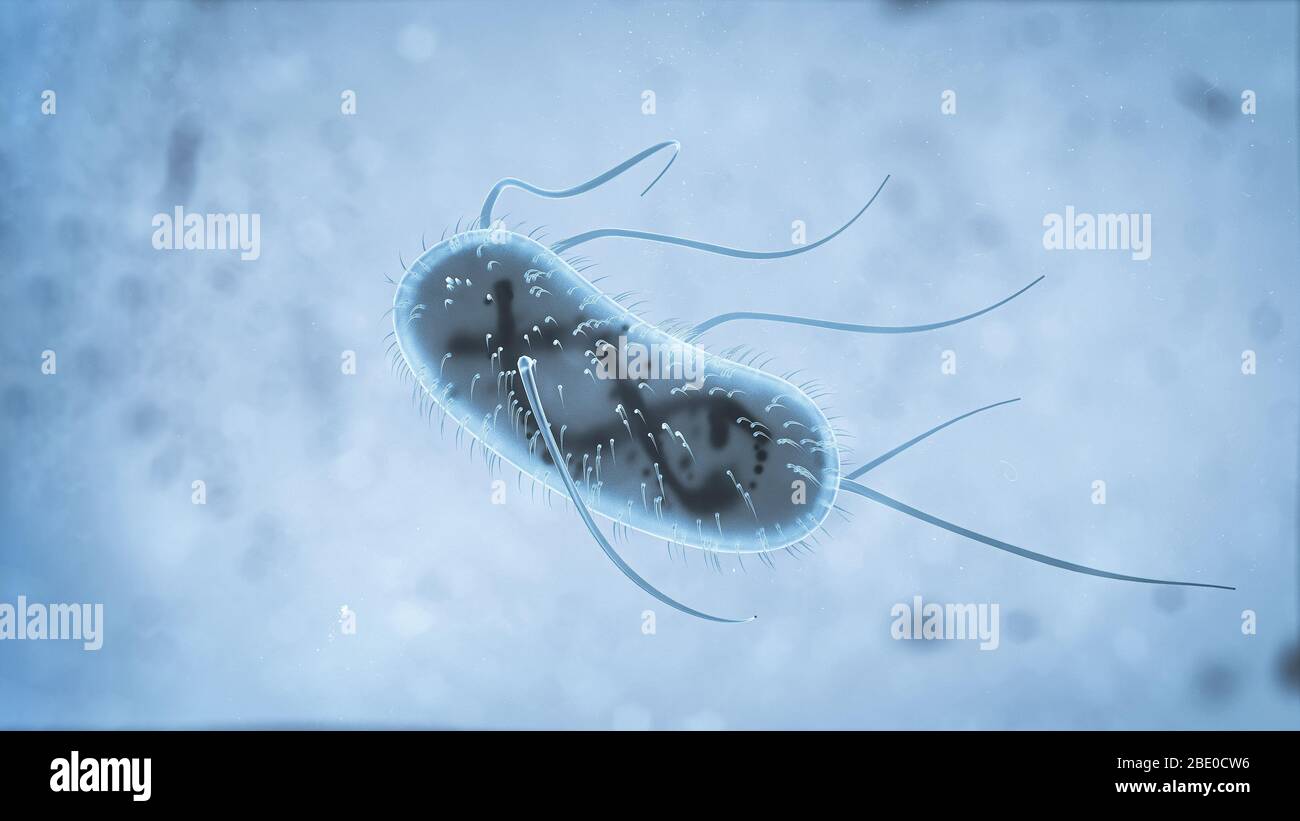


3d Escherichia Coli E Coli Cells Or Bacteria Under Microscope 3d Illustration Stock Photo Alamy



Science Source Stock Photos Video E Coli Bacteria Light Microscopy
Escherichia coli bacteria on blood agar e coli under a microscope stock pictures, royaltyfree photos & images petri dishes with culture media for sarscov2 diagnostics, test coronavirus covid19, microbiological analysis e coli under a microscope stock pictures, royaltyfree photos & imagesStudy E coli, the intestinal bacteria commonly used in labs, with this live cultureE coli is a gramnegative faculative anaerobic bacteria This safe K12 strain of E coli is commonly found in your intestine and is not the kind that causes food poisoning Each culture comes in a test tube on agar media These slant cultures are made with 5ml of agar that is rotated diagonally to provideEscherichia coli and Staph aureus ()jpg 2,160 × 1,440;



Matador Restaurant Reopens After E Coli Outbreak


Escherichia Coli
MORPHOLOGY OF ESCHERICHIA COLI (E COLI) Shape – Escherichia coli is a straight, rod shape (bacillus) bacterium Size – The size of Escherichia coli is about 1–3 µm × 04–07 µm (micrometer) Arrangement Of Cells – Escherichia coli is arranged singly or in pairs Motility – Escherichia coli is a motile bacterium Some strains of E coli are nonmotileCholera is an infection of the small intestine by some strains of the bacterium Vibrio cholerae Symptoms may range from none, to mild, to severe The classic symptom is large amounts of watery diarrhea that lasts a few days Vomiting and muscle cramps may also occur Diarrhea can be so severe that it leads within hours to severe dehydration and electrolyte imbalanceEscherichia coli (/ ˌɛʃəˈrɪkiə ˈkoʊlaɪ /), also known as E coli (/ ˌiː ˈkoʊlaɪ /), is a Gramnegative, facultative anaerobic, rodshaped, coliform bacterium of the genus Escherichia that is commonly found in the lower intestine of warmblooded organisms (endotherms)
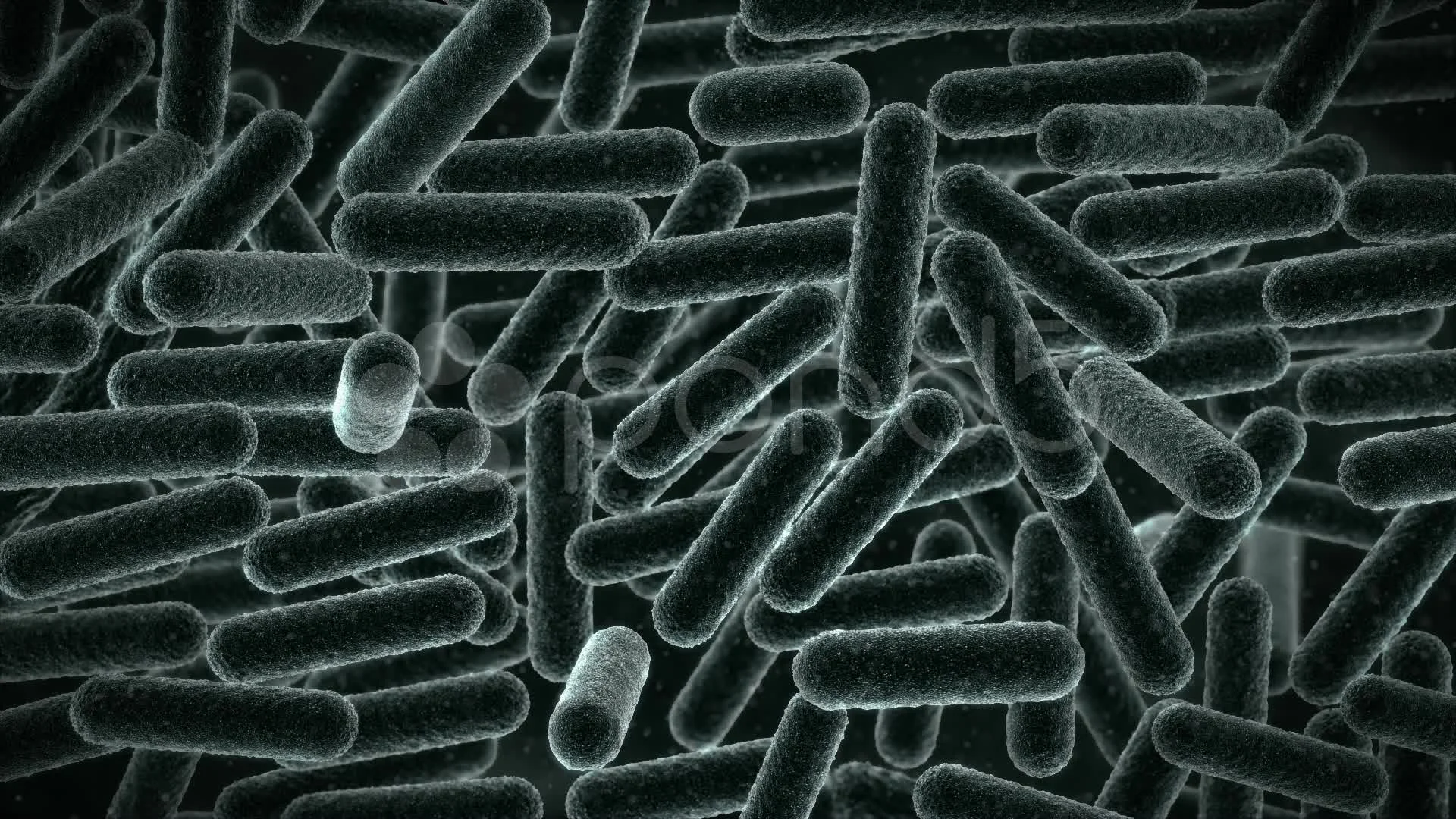


E Coli Virus Electron Microscope View Stock Video Pond5



Gut Bacteria Escherichia Coli Under Microscope Youtube
Cholera is an infection of the small intestine by some strains of the bacterium Vibrio cholerae Symptoms may range from none, to mild, to severe The classic symptom is large amounts of watery diarrhea that lasts a few days Vomiting and muscle cramps may also occur Diarrhea can be so severe that it leads within hours to severe dehydration and electrolyte imbalanceMost of the bacteria range from 022 µm in diameter The length can range from 110 µm for filamentous or rodshaped bacteria The most wellknown bacteria E coli, their average size is ~15 µm in diameter and 26 µm in length In this figure The size comparison between our hair (~ 60 µm) and E coli (~1 µm) Notice how small theLight microscope footage of Escherichia coli bacteria moving around E coli is a Gramnegative bacterium found in the intestines of warmblooded animals It is a normal member of the gut flora, but some strains of E coli can cause food poisoning The bacterial cells are around 2x05 micrometres in size This is the K12 strain



Insight Into Why E Coli Sickness Levels Vary
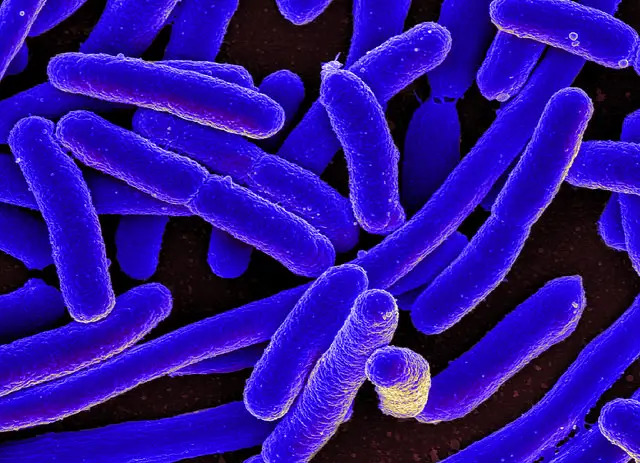


E Coli Under The Microscope Types Techniques Gram Stain Hanging Drop Method
Most of the bacteria range from 022 µm in diameter The length can range from 110 µm for filamentous or rodshaped bacteria The most wellknown bacteria E coli, their average size is ~15 µm in diameter and 26 µm in length In this figure The size comparison between our hair (~ 60 µm) and E coli (~1 µm) Notice how small theThe Best E Coli Microscope of 21 – Reviewed and Top Rated After hours researching and comparing all models on the market, we find out the Best E Coli Microscope of 21 Check our ranking below 2,9 Reviews ScannedWhat Does An E Coli Bacteria Look Like Under A Microscope Quora Gram Stain Procedure In Microbiology E Coli Vs S Aureus Gram Negative Vs Gram Positive Bacteria Sgugenetics Copy Of Escherichia Coli Staining Technology And Bright Field Microscope Use Springerlink



Usa Minnesota Firm Recalls Ground Beef Products Due To Possible E Coli O157 H7 Contamination Food Law Latest



Here S Why Drug Resistant Bacteria Could Spread Globally Time
The Best E Coli Microscope of 21 – Reviewed and Top Rated After hours researching and comparing all models on the market, we find out the Best E Coli Microscope of 21 Check our ranking below 2,9 Reviews Scanned263 MB Escherichia coli electron microscopyjpg 800 × 640;Escherichia coli bacteria from a normal stool sample AW Rakosy/Encyclopædia Britannica, Inc The coliforms are facultative anaerobic (not requiring oxygen), nonsporulating, rodshaped bacteria that produce acid and gas from the fermentation of lactose sugar eg, Escherichia coli, Enterobacter aerogenes, and Klebsiella pneumoniae



You Can Turn E Coli Bacteria Into Microscopic Fuel Factories Good



Microscopic Images Show Growth Of E Coli Atcc Bacteria On Download Scientific Diagram
A sample containing E coli (OD 600 of 01) was dropped onto the surface of the oxidecoated disk, and twodimensional imaging of the E coli was acquired;E coli is a Gramnegative rodshaped bacteria When Gram stained, the organism looks pink or red Here are a couple of pictures of a Gram stain of E coli that I did under the 100X objective lens on a standard light microscope You can of courseEscherichia coli (abbreviated as E coli) are bacteria found in the environment, foods, and intestines of people and animalsE coli are a large and diverse group of bacteria Although most strains of E coli are harmless, others can make you sick Some kinds of E coli can cause diarrhea, while others cause urinary tract infections, respiratory illness and pneumonia, and other illnesses



Escherichia Coli Bacteria Sem Stock Image B230 0256 Science Photo Library



E Coli Bacteria Preventing E Coli Infections
E coli and related bacteria constitute about 01% of gut flora, and fecaloral transmission is the major route through which pathogenic strains of the bacterium cause disease Gastrointestinal infection Certain strains of E coli, such as O157H7, O104H4, O121, O26, O103,Examples of Bacteria Under the Microscope Escherichia coli Escherichia coli (Ecoli) is a common gramnegative bacterial species that is often one of the first ones to be observed by students Most strains of Ecoli are harmless to humans, but some are pathogens and are responsible for gastrointestinal infections They are a bacillus shaped bacteria that has a very fast growth (they can double every minutes), which is one of the main reasons they are used in researchClinical Manifestations of E coli watery or bloody diarrhea vomiting cramps nausea lowgrade fever dehydration abdominal cramps
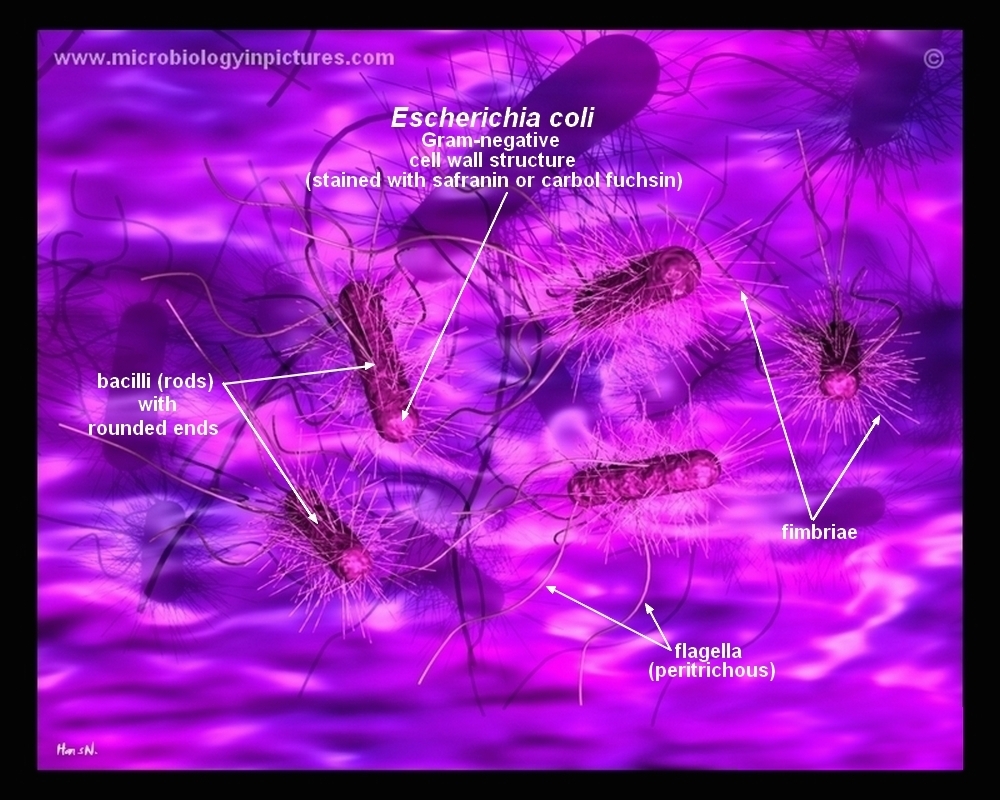


How E Coli Bacteria Look Like


Q Tbn And9gcqkye60ou Johpr02n Mbv1fferrjpdh Lnct7ymdf5qhyia1ld Usqp Cau
E coli is a Gramnegative rodshaped bacteria When Gram stained, the organism looks pink or red Here are a couple of pictures of a Gram stain of E coli that I did under the 100X objective lens on a standard light microscope You can of courseMost of the bacteria range from 022 µm in diameter The length can range from 110 µm for filamentous or rodshaped bacteria The most wellknown bacteria E coli, their average size is ~15 µm in diameter and 26 µm in length In this figure The size comparison between our hair (~ 60 µm) and E coli (~1 µm) Notice how small theEscherichia coli is one of the most common types of bacteria found in the body It lives in our digestive systems Consider this What if one single E coli bacterium was allowed to reproduce under perfect conditions?
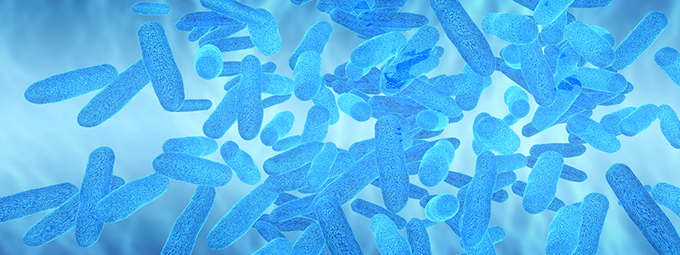


What Magnification Do I Need To See Bacteria Westlab



Graphy Bacteria Microorganism Coccus E Coli Microscope Technic Microscope Png Pngegg
Detection of E coli in drinking water is an indication of pollution with faeces 2 Morphology and Staining of Escherichia Coli E coli is Gramnegative straight rod, 13 µ x 0407 µ, arranged singly or in pairs (Fig 281) It is motile by peritrichous flagellae, though some strains are nonmotile Spores are not formedEscherichia coli (E coli) is a species of bacteria (from the family Enterobacteraceae) that normally lives in the guts of people and animals Most E coli sBacteria species E coli and S aureus under the microscope with different magnifications Bacteria are among the smallest, simplest and most ancient living


Biochip Collaborative University Of Maryland Bentley Group
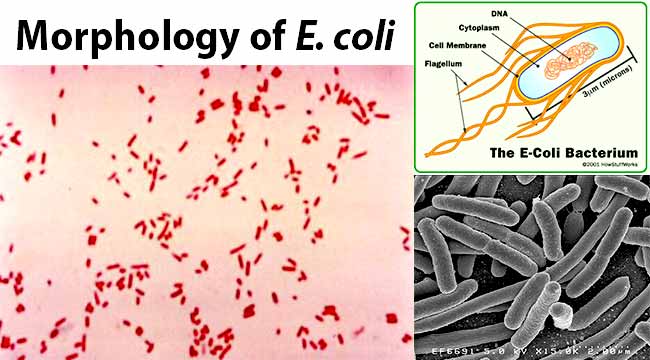


Escherichia Coli E Coli An Overview Microbe Notes
Escherichia coli bacteria from a normal stool sample AW Rakosy/Encyclopædia Britannica, Inc The coliforms are facultative anaerobic (not requiring oxygen), nonsporulating, rodshaped bacteria that produce acid and gas from the fermentation of lactose sugar eg, Escherichia coli, Enterobacter aerogenes, and Klebsiella pneumoniaeIt was similar to the imaging obtained using an optical microscope This system was beneficial for determining the identification and number of E coli Download Download fullsize imageTransmission Electron Micrograph Of Escherichia Coli E Coli Newly Created Life Form Stably Straddles Bacteria Archaea Divide T4 Bacteriophage Via Scanning Electron Microscope Initiates An E Escherichia Coli E Coli Electron Micrograph Sem Of E Coli A Gram



Escherichia Coli Wikipedia



Bacteria Under The Microscope E Coli And S Aureus Youtube
The key difference between E coli and Klebsiella is that E coli is a gramnegative rodshaped bacterium that is motile while Klebsiella is a genus of gramnegative rodshaped bacteria that is nonmotile Escherichia and Klebsiella are two common genera of coliform bacteria Both genera consist of gramnegative, rodshaped, nonspore forming bacteria E coli is a species of Escherichia479 KB Escherichia coli flagella TEMpng 600 × 6;Escherichia coli, often abbreviated E coli, are rodshaped bacteria that tend to occur individually and in large clumps E coli are classified as facultative anaerobes, which means that they grow best when oxygen is present but are able to switch to nonoxygendependent chemical processes in the absence of oxygen



Cytoplasmic Ph Response To Acid Stress In Individual Cells Of Escherichia Coli And Bacillus Subtilis Observed By Fluorescence Ratio Imaging Microscopy Applied And Environmental Microbiology



Escherichia Coli Bacteria Under Microscope Stock Photo Download Image Now Istock
Escherichia coli (E coli) bacteria normally live in the intestines of people and animals Most E coli are harmless and actually are an important part of a healthy human intestinal tract However, some E coli are pathogenic, meaning they can cause illness, either diarrhea or illness outside of the intestinal tract The types of E coli that can cause diarrhea can be transmitted throughAlthough these foods may sound tempting, they can harbor a type of bacteria known as E coli, short for Escherichia coli, a rodshaped bacteria found in soil and water These bacteria live in the intestines of humans and animals and are important for a healthy intestinal tractAccording to the National Kidney Foundation, 80 to 90 percent of UTIs are caused by a bacteria called Escherichia coli For the most part, E coli lives harmlessly in your gut But it can cause



Pin On Neat Stuffs



E Coli Outbreaks In California
E coli and related bacteria constitute about 01% of gut flora, and fecaloral transmission is the major route through which pathogenic strains of the bacterium cause disease Gastrointestinal infection Certain strains of E coli, such as O157H7, O104H4, O121, O26, O103,
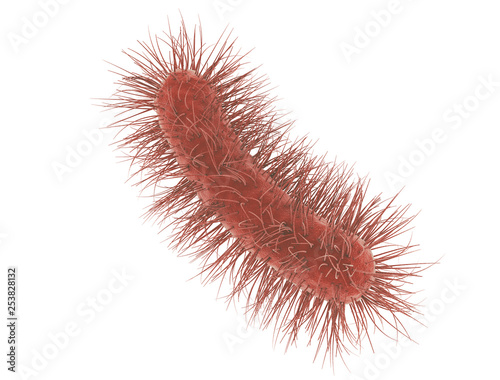


E Coli Bacteria Cell Isolated On White Background Medical Microscopic Buy This Stock Illustration And Explore Similar Illustrations At Adobe Stock Adobe Stock
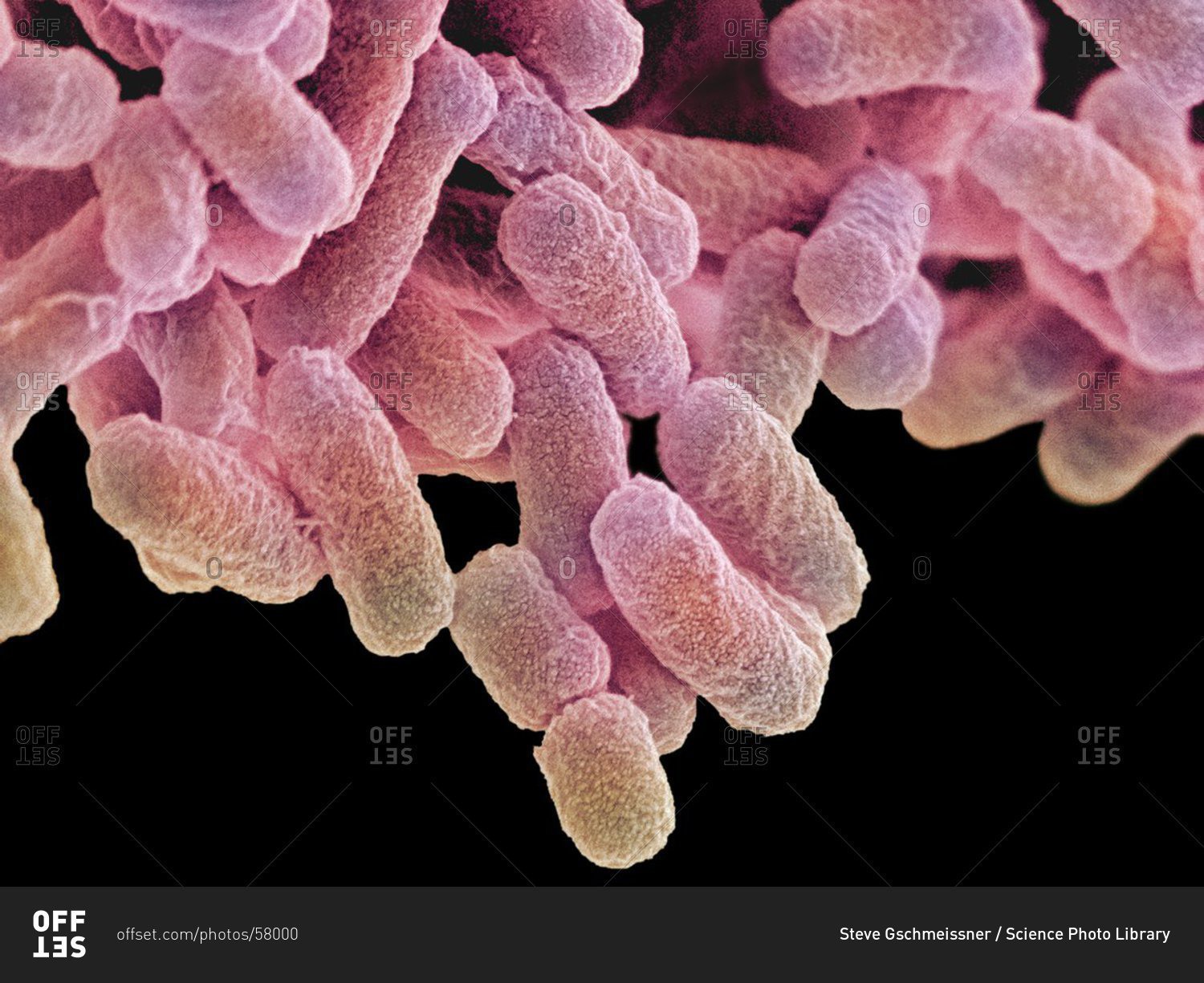


Magnification Of E Coli Escherichia Coli Bacteria Under A Color Scanning Electron Micrograph Stock Photo Offset
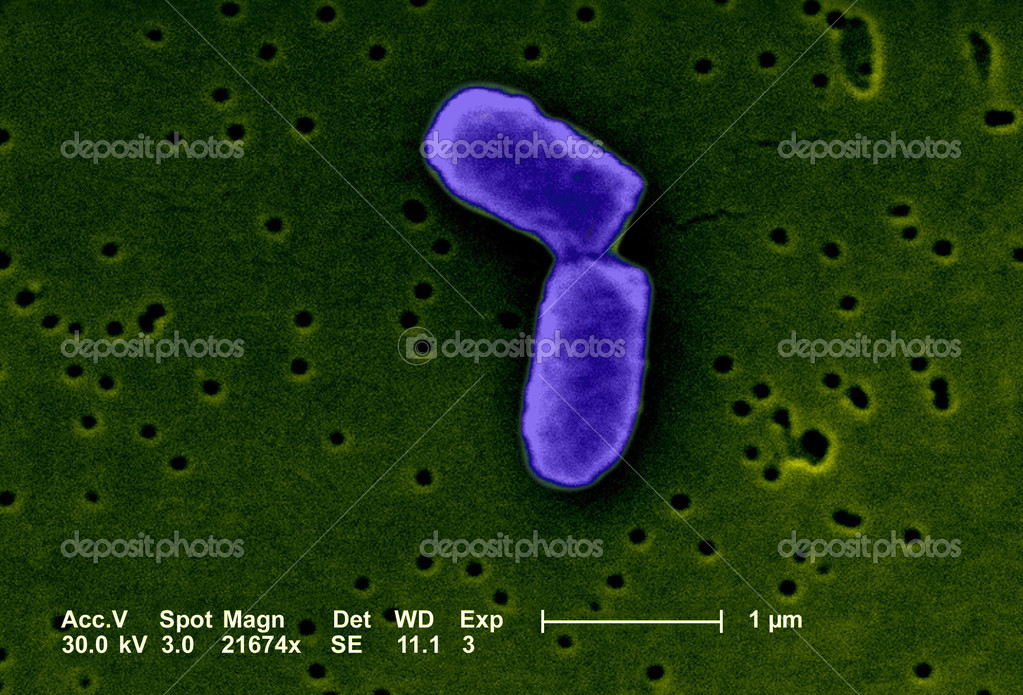


Pictures E Coli Under A Microscope Escherichia Coli Under The Microscope Stock Photo C Imagepointfr



3 E Coli High Res Illustrations Getty Images



Microscope Imaging Of Methylene Blue Stained E Coli Cells Harbouring Download Scientific Diagram



E Coli Under A Scanning Electron Microscope Image Eurekalert Science News
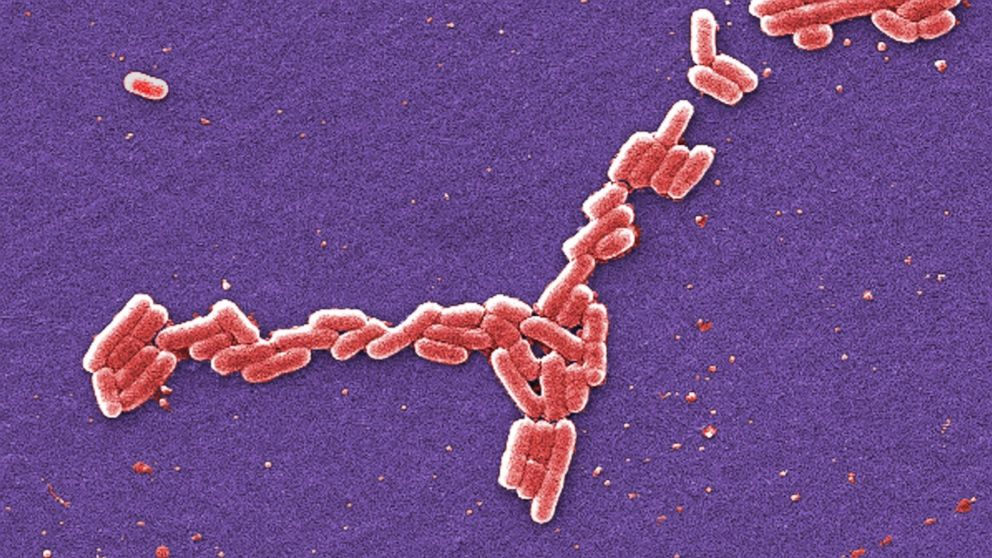


City In Oklahoma Ordered To Boil Water After Possible E Coli Contamination Abc News
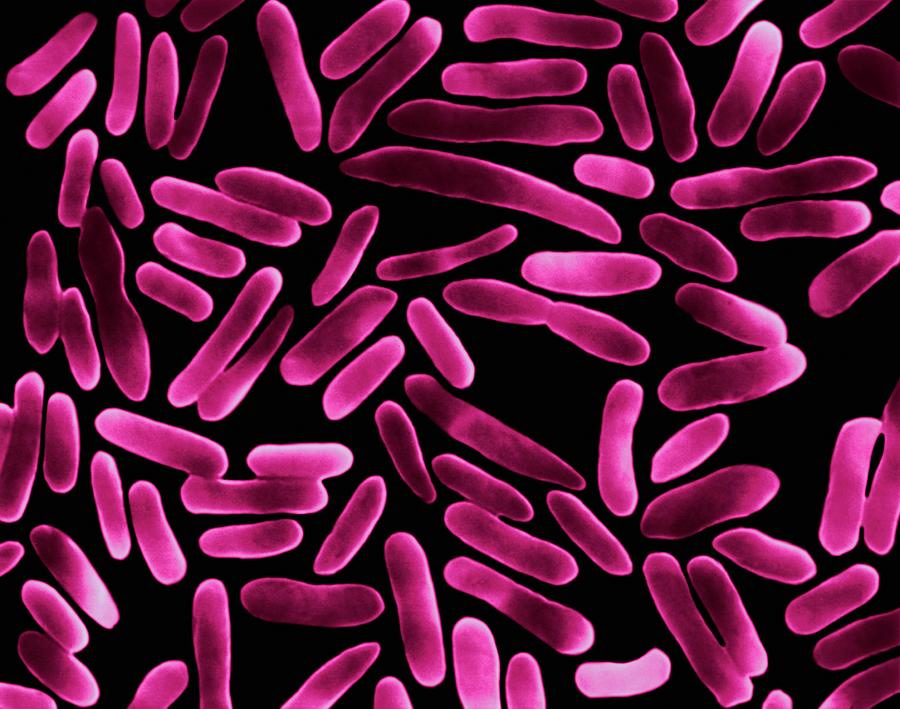


E Coli Photograph By Dennis Kunkel Microscopy Science Photo Library


Part a K Experience Parts Igem Org


Escherichia Coli Light Microscopy
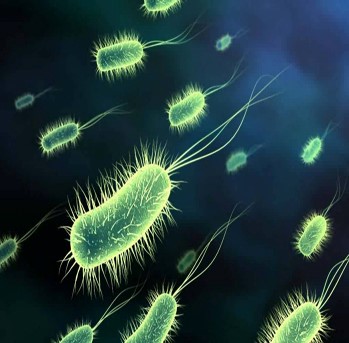


Maine Dwp Coliform Bacteria
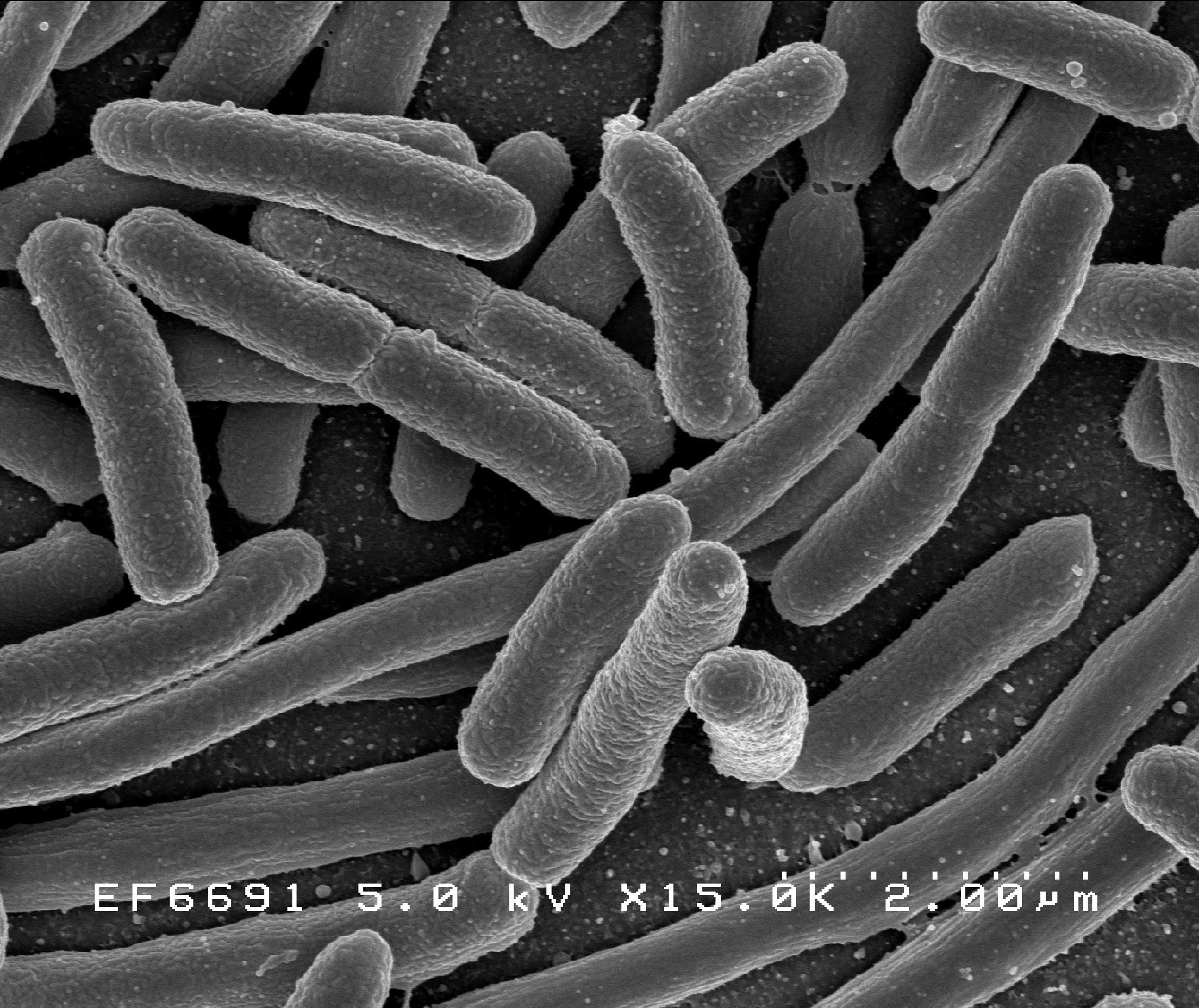


Escherichia Coli E Coli National Geographic Society


Pathogenic E Coli



Escherichia Coli Gram Staining Compound Microscope Stock Photo Edit Now
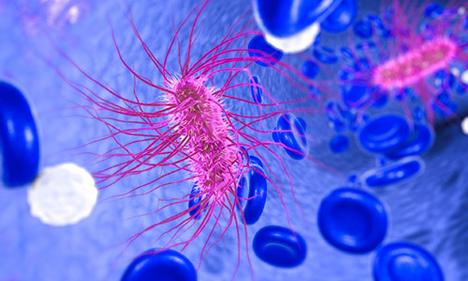


E Coli And Foodborne Illness Fda


Q Tbn And9gcthamrrlohb0pxkgkrlzwt4 Z3gzuqtasdryrlr2merc7hod57q Usqp Cau
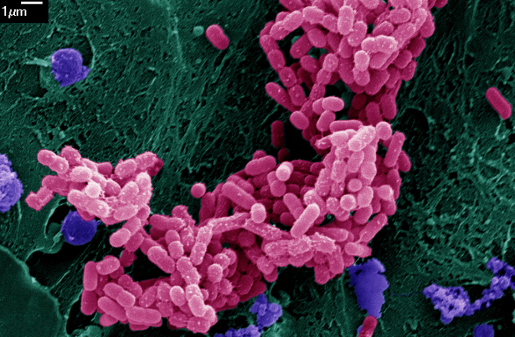


Image Of The Month E Coli Bacteria Growing On Mini Guts



Escherichia Coli Colony Morphology And Microscopic Appearance Basic Characteristic And Tests For Identification Of E Coli Bacteria Images Of Escherichia Coli Antibiotic Treatment Of E Coli Infections
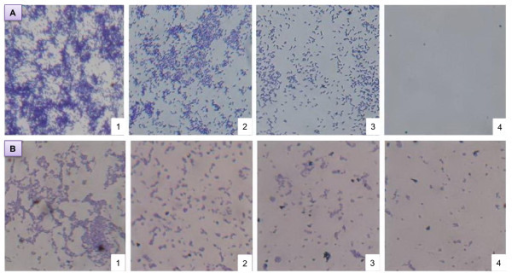


Microscope Observation Of Biofilm Inhibition Biofilm I Open I
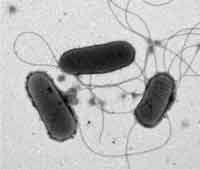


Know Your Enemy Escherichia Coli E Coli Global Food Safety Resource



E Coli Negatively Stained Things Under A Microscope Microscopic Micro Photography



19 599 Bacterium Videos And Hd Footage Getty Images



Electron Microscopy Images As Well As A Sketch Of The E Coli And The Download Scientific Diagram



Germany Struggling To Cope With E Coli World News Sky News


Q Tbn And9gcq Fnvqgh9s1fp Ssci5dy6dtinzl2mp33u1pncpzysdndo9cmk Usqp Cau
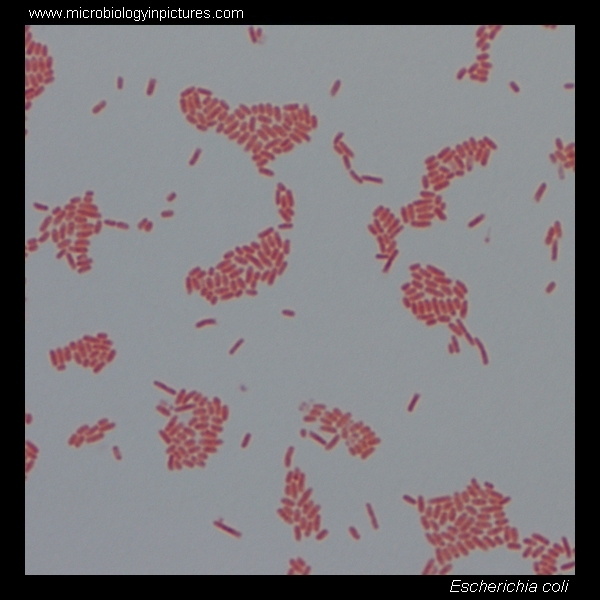


E Coli Gram Stain And Cell Morphology E Coli Micrograph Appearance Under The Microscope E Coli Cell Morphology E Coli Microscopic Picture



27 Earth Bacteria E Coli


Niah Niah Pathogenic Organisms Observed By Electron Microscope Escherichia Coli



Introductory Chapter The Versatile Escherichia Coli Intechopen
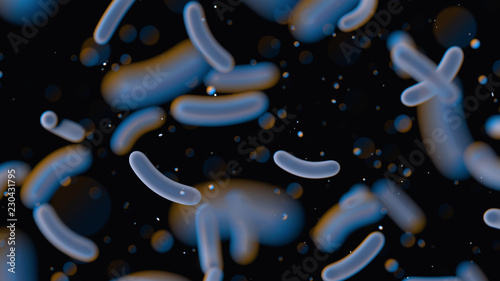


Bacteria Under The Microscope Escherichia E Coli Black Background With Blurred Particles Close Up 3d Rendering Buy This Stock Photo And Explore Similar Images At Adobe Stock Adobe Stock


2 2 Prokaryotic Cells Bioninja
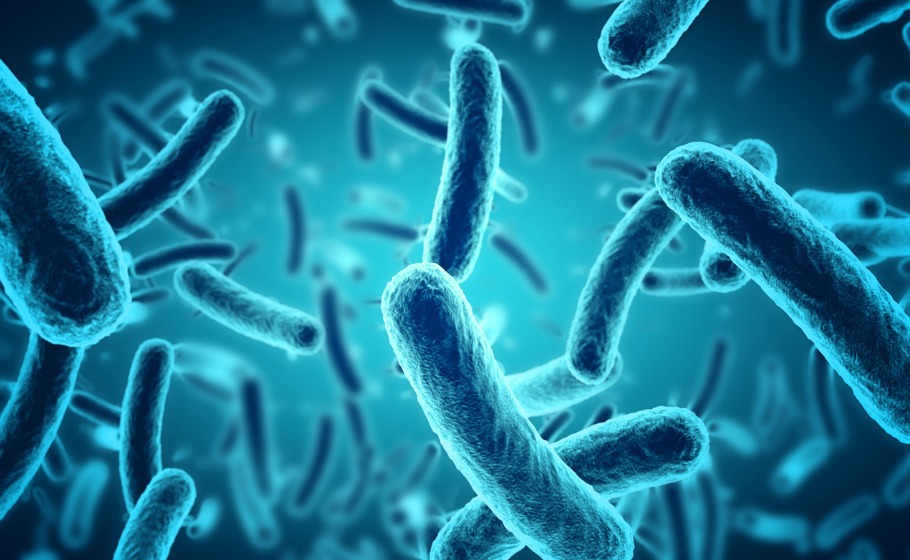


Particular E Coli Strain Can Cause Colorectal Cancer Finds Study The Federal
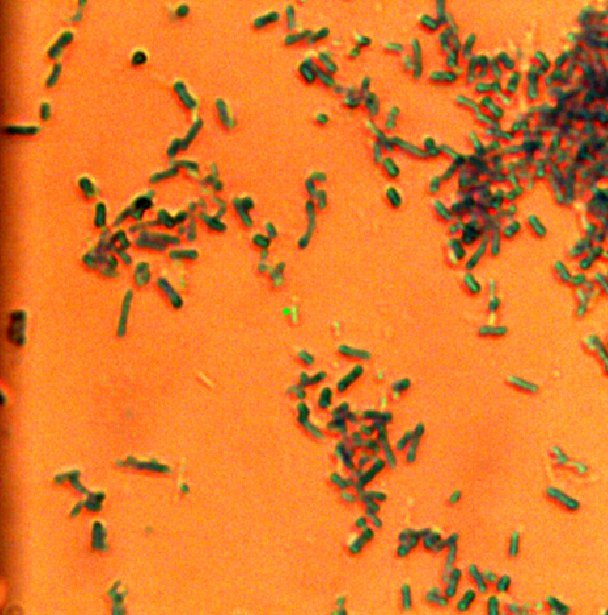


Uncovering The Science Behind Zapping Bacteria With Ultraviolet Light Texas A M Today



Division Of E Coli Bacteria Under The Microscope Video Eurekalert Science News
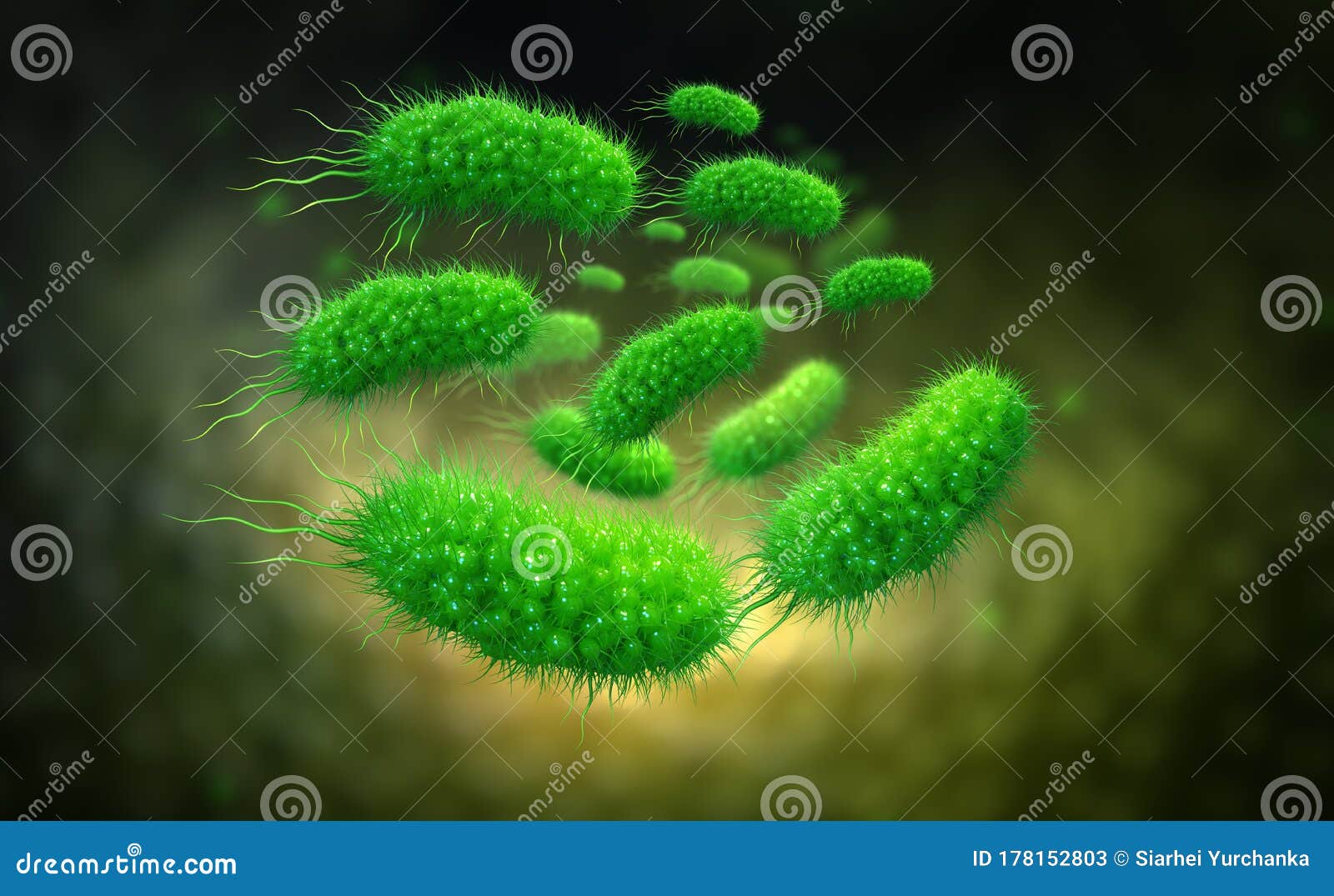


Escherichia Coli Colony Of Bacteria 3d Illustration Stock Illustration Illustration Of Background Ecoli



E Coli Bacteria Under Microscope Page 1 Line 17qq Com



Gram Stain Wikipedia


Gram Stain
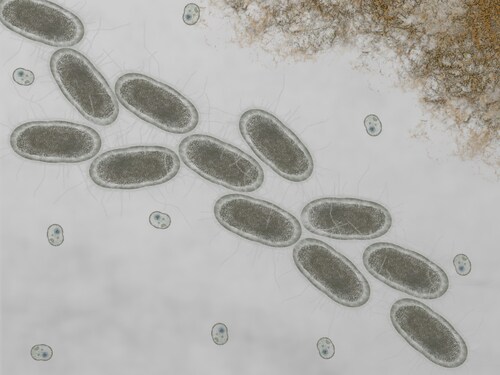


A New Resistance Strategy In Escherichia Coli
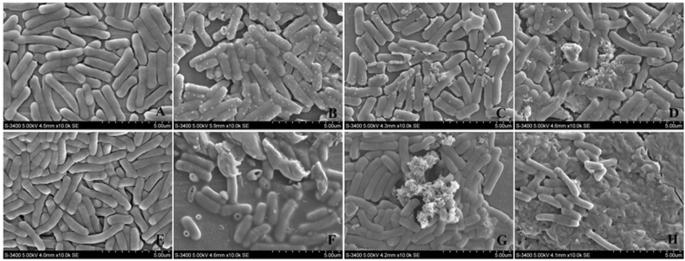


Analysis Of The Antimicrobial Mechanism Of Porcine Beta Defensin 2 Against E Coli By Electron Microscopy And Differentially Expressed Genes Scientific Reports



Pin On Microbiology


Lab Makes Renewable Diesel Fuel From E Coli Poop Cnn Com
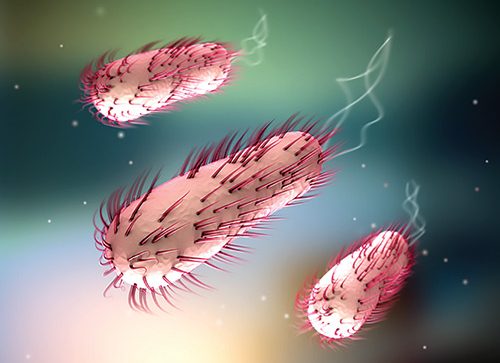


How E Coli Bacteria Launch Infections


Staphylococcus Aureus And Ecoli Under Microscope Microscopy Of Gram Positive Cocci And Gram Negative Bacilli Morphology And Microscopic Appearance Of Staphylococcus Aureus And E Coli S Aureus Gram Stain And Colony Morphology On Agar Clinical



Cdc Warns Of E Coli Outbreak From Unknown Food Source Silive Com


What Does An E Coli Bacteria Look Like Under A Microscope Quora



E Coli Bacteria Microscopic Organism Indicates Fecal Contamination



Various Bacteria Cells In Microscope Streptococcus Pneumonia Stock Photo Picture And Royalty Free Image Image
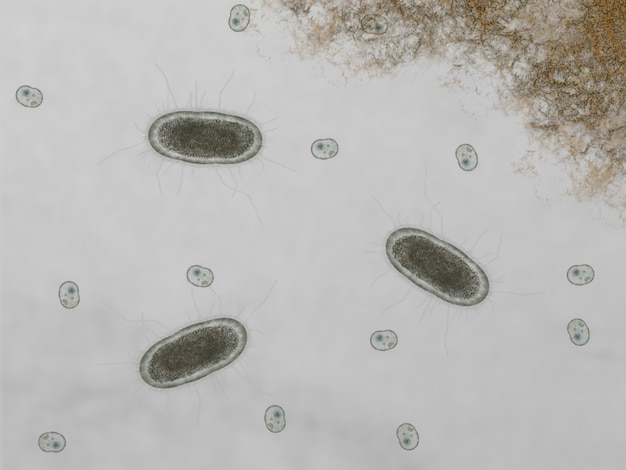


Premium Photo Microscopic Of Ecoli Bacteria Escherichia Coli Bacteria Listeria Monocytogenes



E Coli Bacteria Light Microscopy Stock Video Clip K004 9042 Science Photo Library


Q Tbn And9gcs3nlev0tx1pfsddwm6y9ajujk4lxjzmg7ksdxctgnipv0l50c Usqp Cau



Cross Section Of Escherichia Coli Bacteria Under Transmission Electron Microscopy Buy This Stock Photo And Explore Similar Images At Adobe Stock Adobe Stock



Introductory Chapter The Versatile Escherichia Coli Intechopen
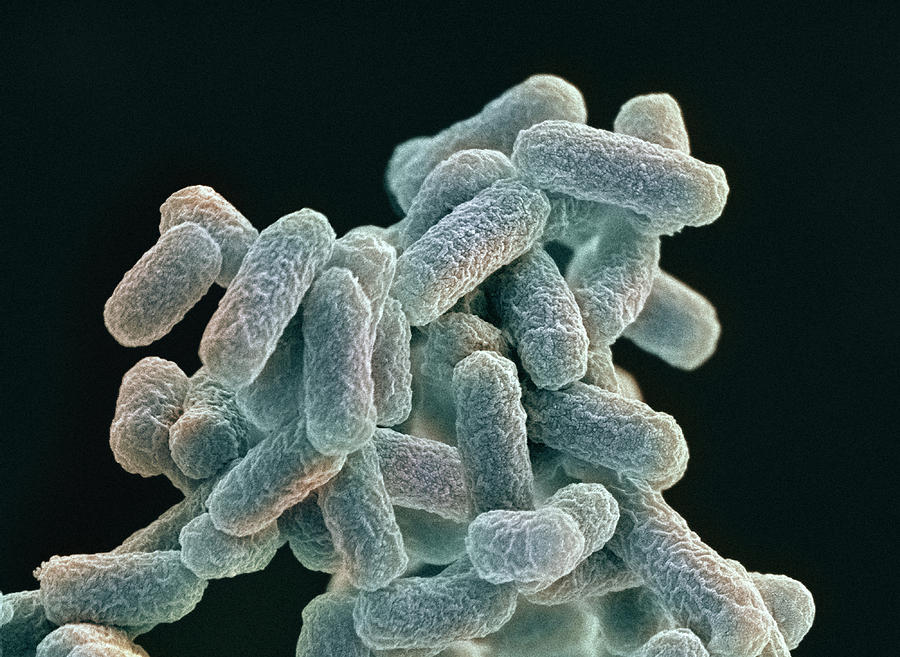


E Coli Bacteria Sem Photograph By Steve Gschmeissner
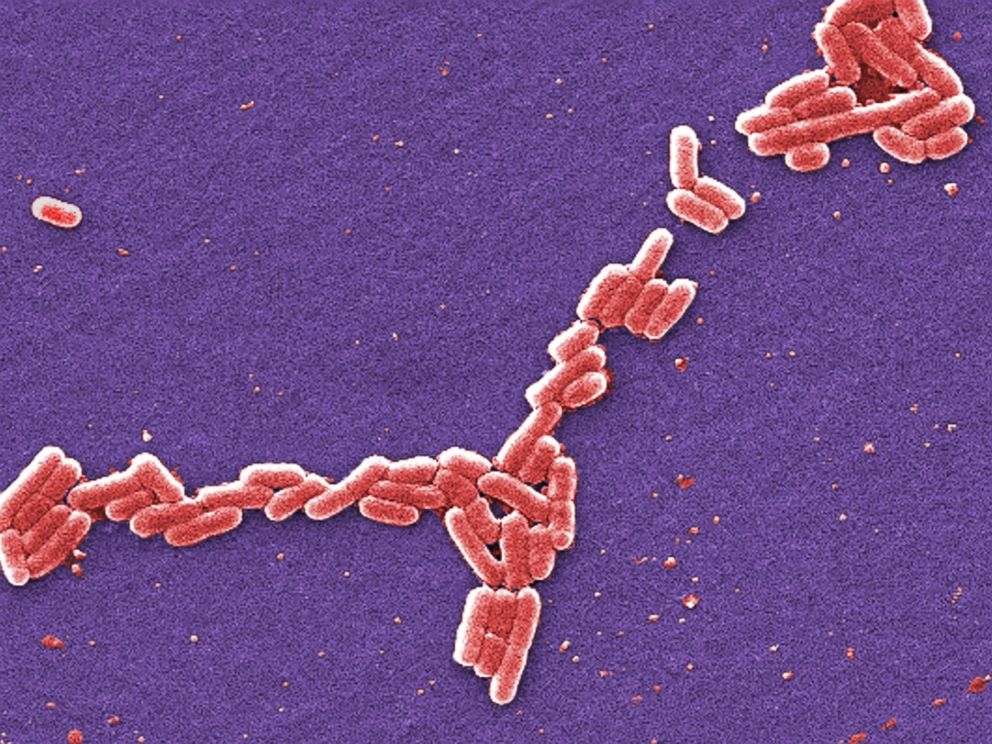


City In Oklahoma Ordered To Boil Water After Possible E Coli Contamination Abc News



The Panels Show Escherichia Coli Bacterial Cells Observed In Optical Download Scientific Diagram
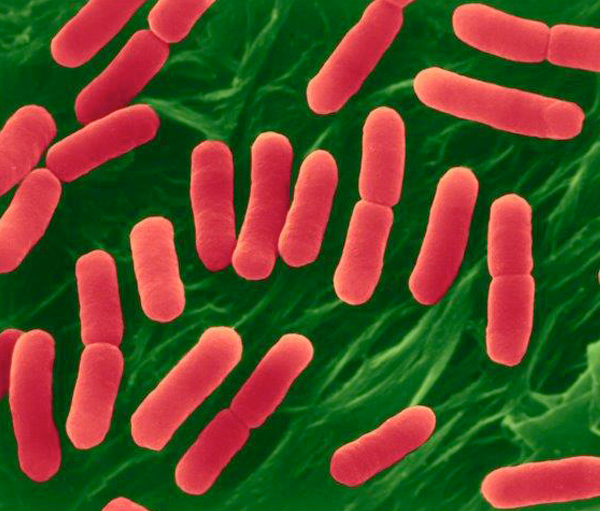


E Coli O157 H7 Escherichia Coli Expert Witness And Epidemiology Services



Escherichia Coli Slide W M Science Lab Microbiology Supplies Amazon Com Industrial Scientific



Preparations For Diagnosing Infection Boundless Microbiology



Understanding E Coli Symptoms Spread Prevention Cbc News



Energy Dependent Motion Of Tonb In The Gram Negative Bacterial Inner Membrane Pnas



Escherichia Coli Bacteria Under Microscope Stock Photo Download Image Now Istock
.jpg)


Escherichia Coli 400x Escherichia Coli 400x Manufacturers Escherichia Coli 400x Suppliers Escherichia Coli 400x Exporters Escherichia Coli 400x In India



Escherichia Coli Bacteria E Coli Stock Footage Video 100 Royalty Free Shutterstock
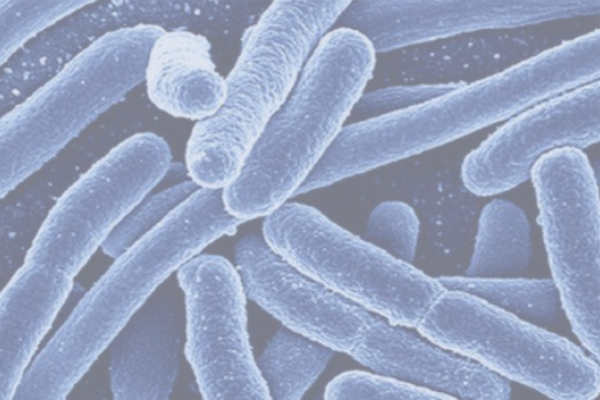


Understanding E Coli In A Food Processing Context Fda Reader
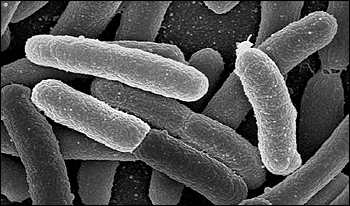


Genomes Of Two Popular Research Strains Of E Coli Sequenced


Pathogenic E Coli



10pk Escherichia Coli Smear Gram Stain Prepared Microscope Slides 75 X 25mm Classroom Pack 10 Slides In Storage Case Biology Microscopy Eisco Labs Amazon Com Industrial Scientific



Eiscoprepared Microscope Slide Escherichia Coli Smear Gram Stain Microbiology Fisher Scientific



Amazing Zoology Escherichia Coli Bacteria Scanning Electron Microscopic Image Of E Coli Bacteria Image Credit Martin Oeggerli Escherichia Coli Abbreviated As E Coli Are T Co Rg7g8hff5r T Co Eiizz2tckv



Bacteria In Water E Coli Bacteria



E Coli Bacteria Abc News Australian Broadcasting Corporation
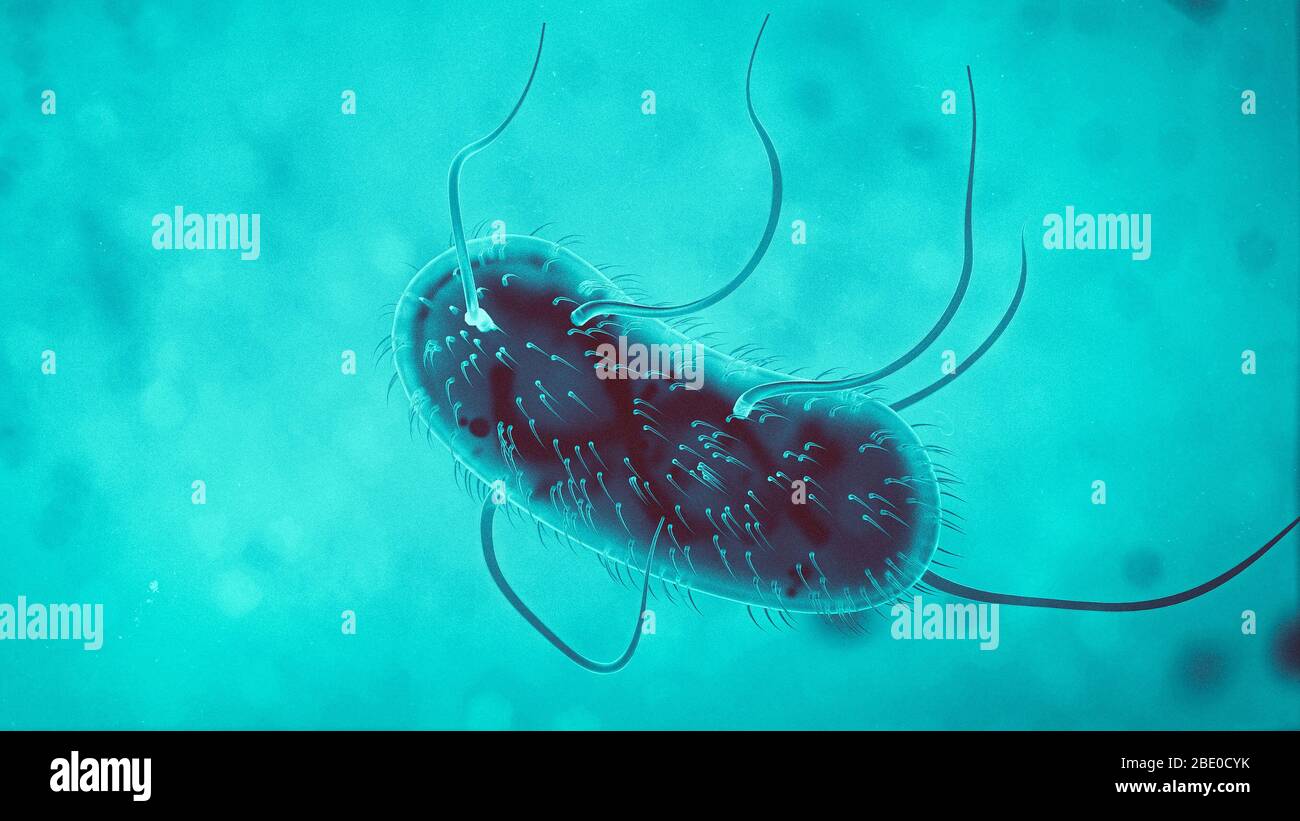


3d Escherichia Coli E Coli Cells Or Bacteria Under Microscope 3d Illustration Stock Photo Alamy


Biol 230 Lecture Guide Electron Micrograph Of E Coli With Pili


コメント
コメントを投稿